In the footsteps of Le Mans: ten innovative cars of the daily race for 94 years!
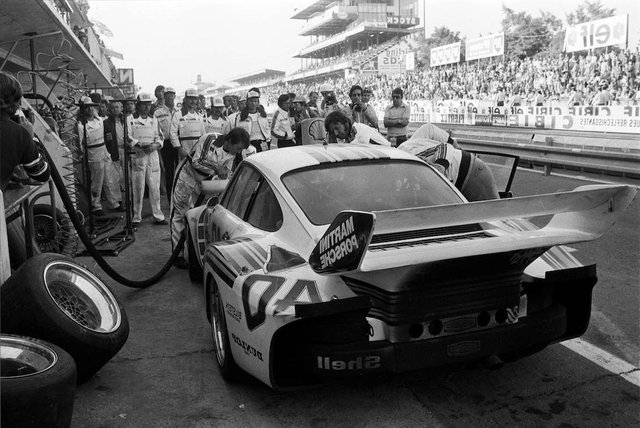
The idea of a race of 24 hours was even more insane in 1923 than at the present time. According to the idea, the winner of the Le Mans race would be determined not for one year, but for three consecutive races for three years! True, in 1928 the rules changed and the winner was awarded annually.
This year, innovations in the royal class LMP1, almost did not call into question the fact of the existence of hybrid plants, breaking and mending from 5 factory cars finished only one and a half (Porsche LMP1 and eight laps behind Toyota LMP1) and, thank God Porsche, in first place . Below I present to you cars that not only achieved success in the endurance race, but also influenced the automobile industry as a whole.
Antifog headlight (20's) - Lorraine Dietrich: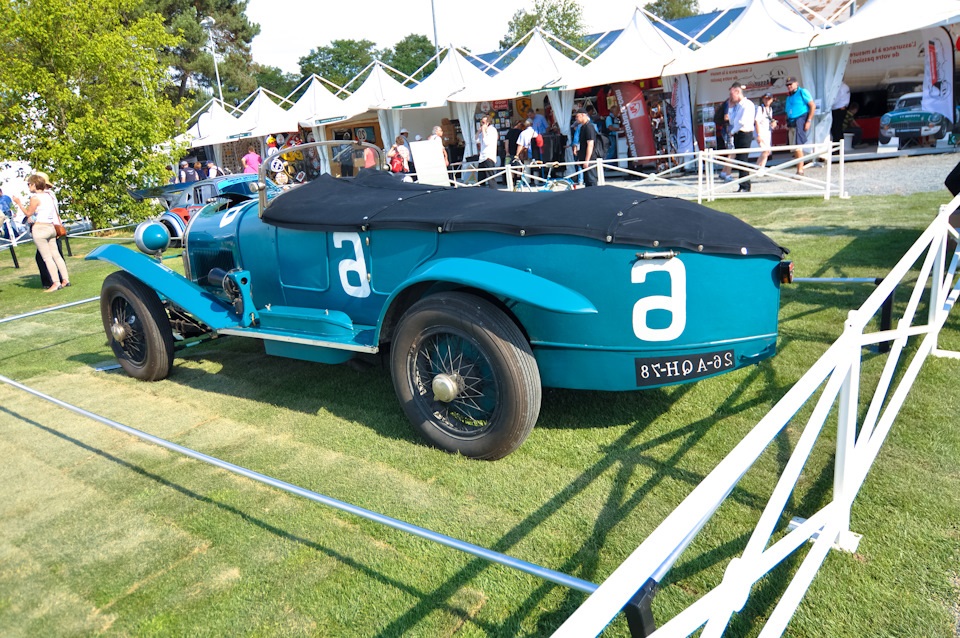
The only fog lamp installed in the center was nicknamed Cyclops.
From the very beginning of the Le Mans 24-hour marathon, the riders fought with a strong fog in the mornings. The fog caused the appearance of the first fog lamp. In 1926 Lorraine Dietrich cars, with one fog-head installed in the center, took the first three places at the finish.
Aerodynamic body (20-30th years) - Chenard & Walcker Tank:
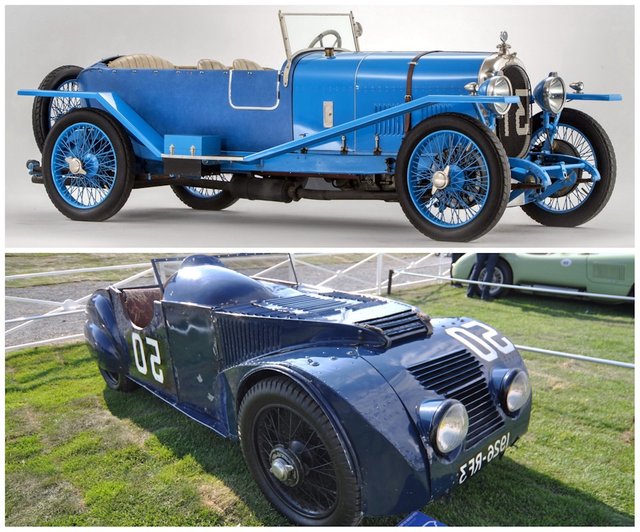
Above is a car by Chenard & Walcker, who won in 1923, and from the bottom of Chenard & Walcker Tank, which was launched in 1925 and 1937
Machine 3 Litre 70/80 HP this French brand won the first race in Le Mans in 1923. After 2 years, the model Tank with an aerodynamic body was introduced, however, then nobody paid attention to it. And only at the start in 1937 the aerodynamic body with the wheels hidden in the arches attracted everyone's attention. The efficiency of the body was evaluated by most competitors, and led to the development of aerodynamics in the automotive industry.
The first victory of the car with disc brakes (50's) - Jaguar C-type!

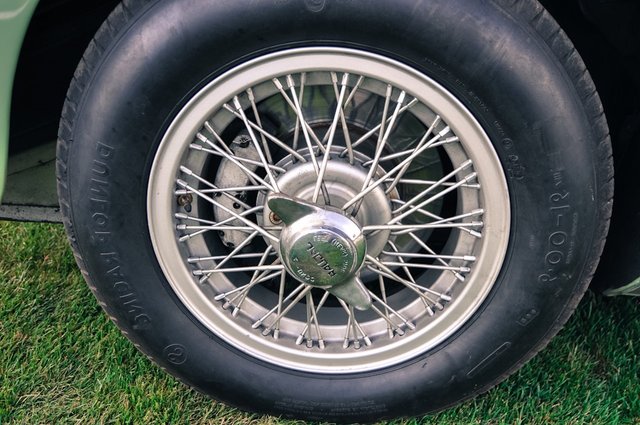
It is worth noting that, despite the appearance of such a perfect design as disc brakes, the wheels on the car were spoke with one central nut.
The Jaguar C-type at the beginning of the model life was equipped with drum brakes. But in 1953, together with the companies Girling and Dunlop, the British applied disc brakes on all four wheels, before that, disc brakes were usually used in aircraft. Brakes due to stamina and temperature stability helped the C-type for the second time (the first in 1951) to celebrate the victory in Le Mans.
The first gas turbine engine (60's) - The Rover B.R.M.
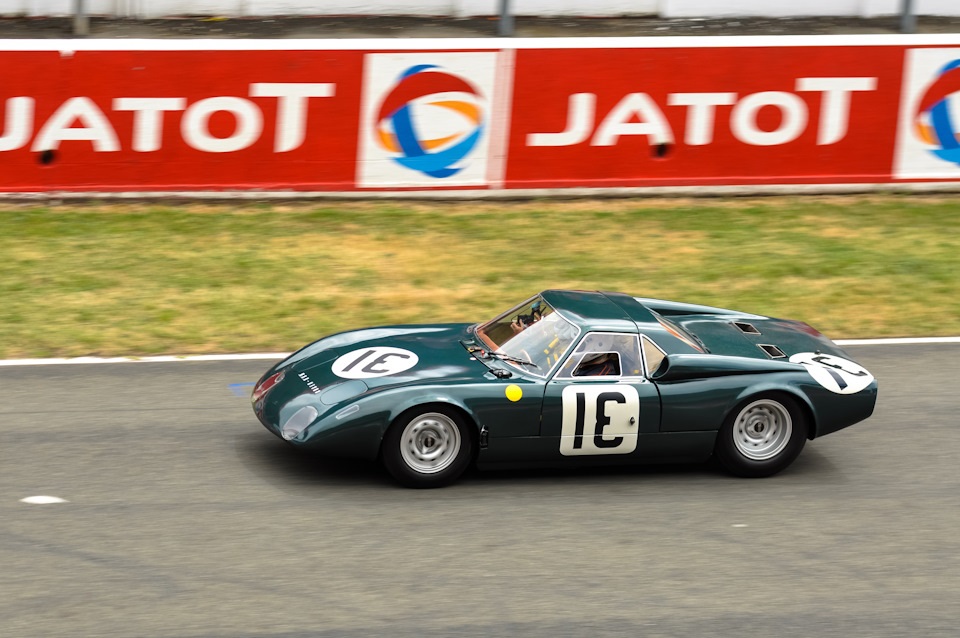
The start was painfully slow - so the car started last, despite the good qualifications. However, at the track itself, the speed was competitive
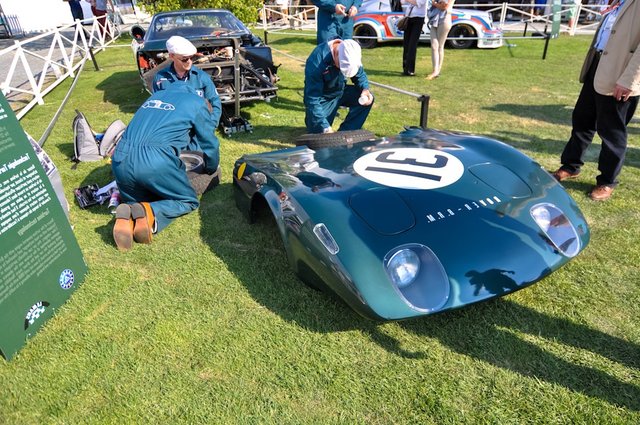
The history of the appearance of such an engine in Le Mans is entirely related to the award, which was organized by the auto club ACO, - 25 000 francs. As a result, the car manufacturer Rover decided to take the challenge - the company used a gas turbine unit (150 hp) and a 220 liter kerosene tank installed on the BRM chassis. The transmission in the BRM did not have a rigid connection with the gas turbine unit, the gas flows slowly unwound the impeller, which was connected through the main gear with the wheels. In 1963, the car started with the number 00 outside the general classification, and unofficially finished in seventh place. Soon, turbojet installations in cars were banned.
The first turbocharged engine (the 70's) - Porsche 911 RSR
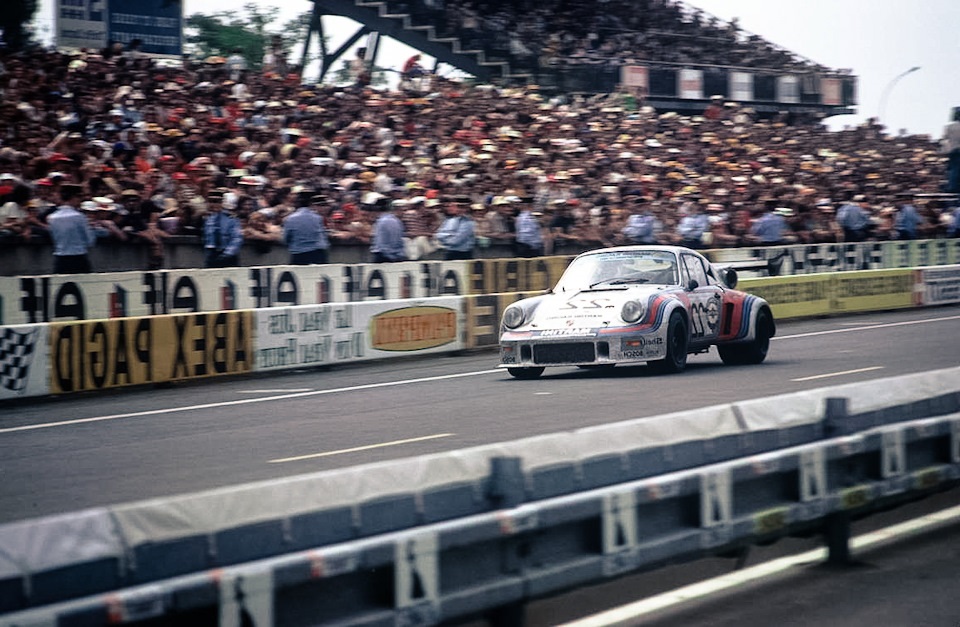
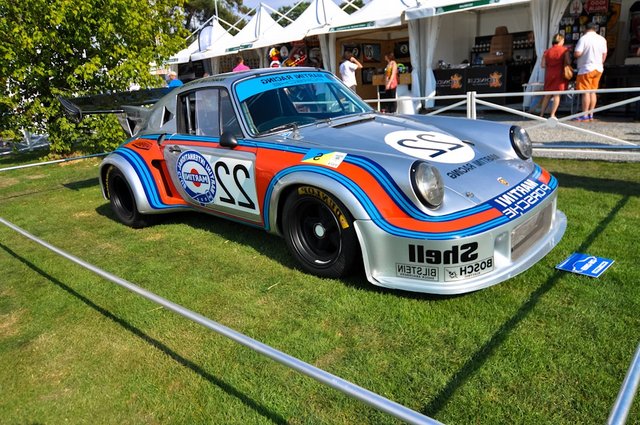
Turbocharging on the production cars began to appear on cars in the 60's in the US. And in 1974 Porsche
For the first time, I used a turbocharger on the body of the Porsche 911 RSR, almost defeating the real sports prototypes. And he could win! The leading Matra-Simca MS670B broke the gearbox and ... the mechanics of Porsche rushed into the boxes of the French team. The fact is that the checkpoint was developed by Porsche - and the customer is always right. 20 minutes, and the checkpoint was repaired. The team's own car came second.
Two years later in 1976, Jacqui X and Van Lennep on the Porsche 936 sports prototype with turbo-supercharging unconditionally won in the absolute of Le Mans. The turbo-era has begun!
The first high-grade aerodynamic vertical element (the 80s) is Sauber SHS C6

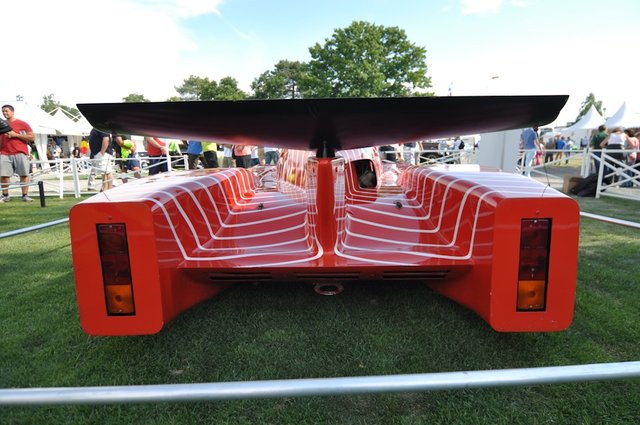
With the introduction in 1982 of the new regulations of Group C - on the machine imposed serious restrictions, such as maximum fuel consumption and restriction on refueling. The innovative rear "whale" fin did not become a weapon of victory for the Sauber SHS C6, but now a similar "shark" fin is used on most LMP1 vehicles.
The first and only victory of a car with a rotary engine (90's) - Mazda 787B
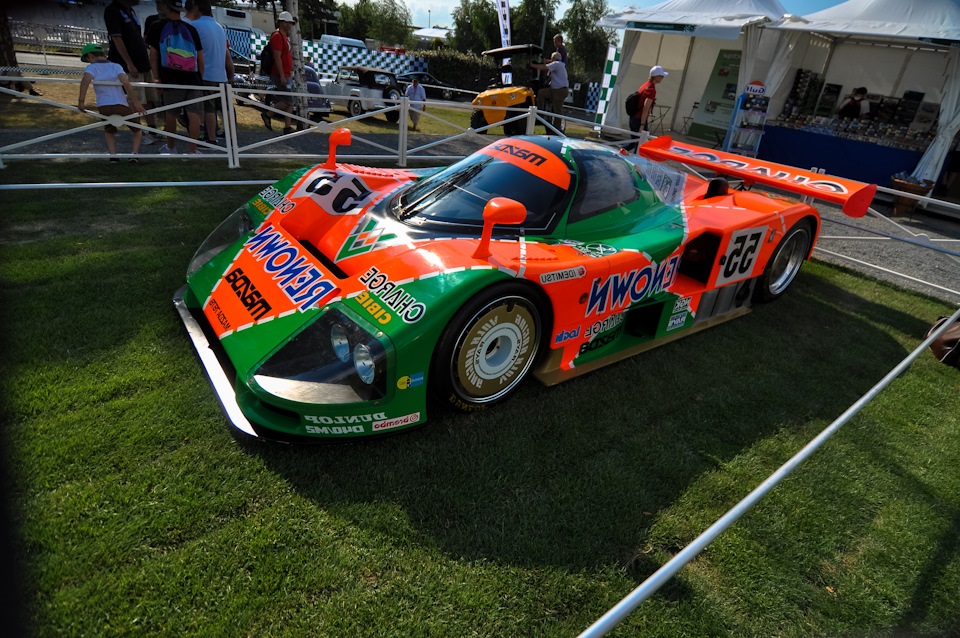
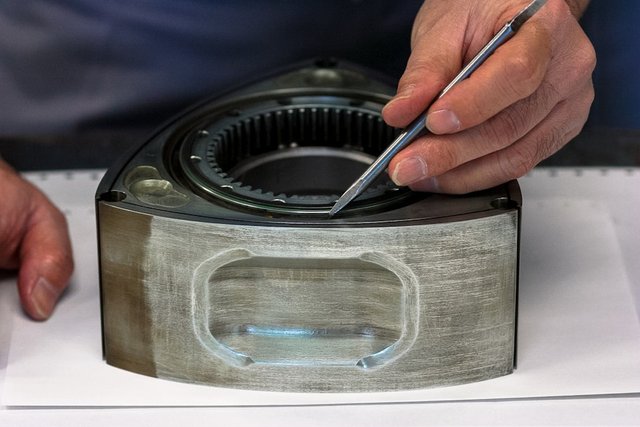
The first engines, started in Le Mans, were two-section, and the victorious Mazda motor in 1991 had already 4 rotors and a power of 680 hp. At a nominal volume of only 2.6 liters!
The first attempts to start with a rotary engine were made back in the 70's on private Chevron-Mazda - then the team was seduced by the small weight of the motor (60 kg) and the power of 200 hp. After - a long road development of a rotary engine long in 20 years before the victory of the Mazda 787B in Le Mans in 1991. In terms of speed, they were not the fastest, but they proved to be the most reliable, the design of the engine and the machine was brought up for years. This first and only victory of such an engine in Le Mans
The first victory of the diesel engine (00's) - Audi R10
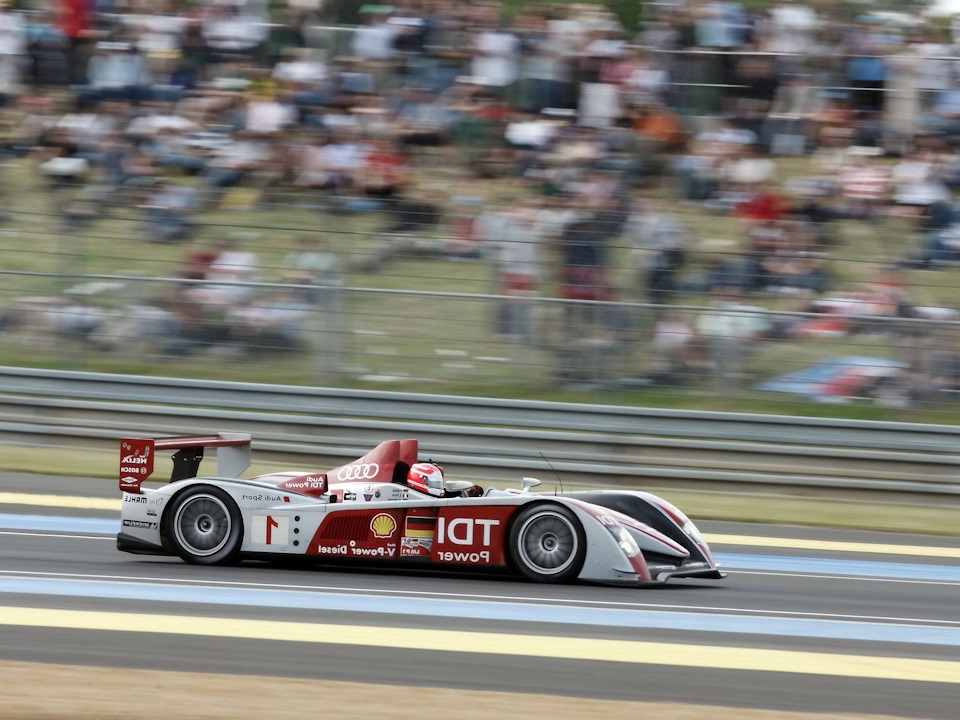
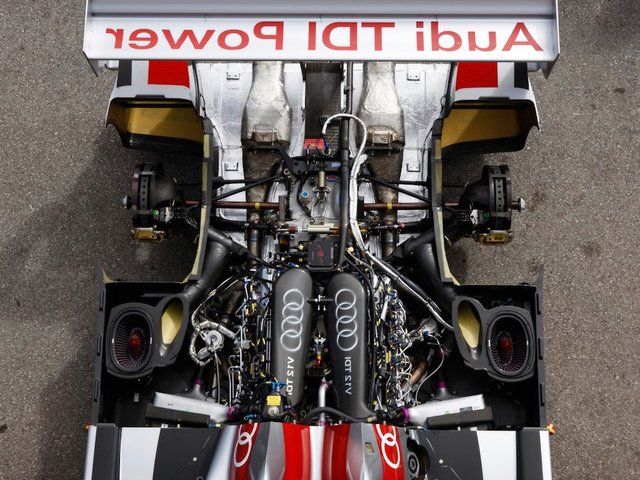
The diesel engine with a cast-iron block weighed more than 200 kg, which was twice as much as that of gasoline competitors. However, the economy during the 24-hour run allowed Audi to win the first time
Before the appearance of the diesel engine in sports prototypes Audi, the company already had victories with the petrol sport prototype R8 (3.6 liters and 670 hp). The diesel engine V12 on the prototype R10 was not so powerful - 650 hp, but had a monstrous torque (1100 Nm) and good economy. In the first attempt in 2006, the diesel sport prototype Audi R10 won.
The first victory of the hybrid powerplant - the 10th years Audi R18 e-tron quattro.
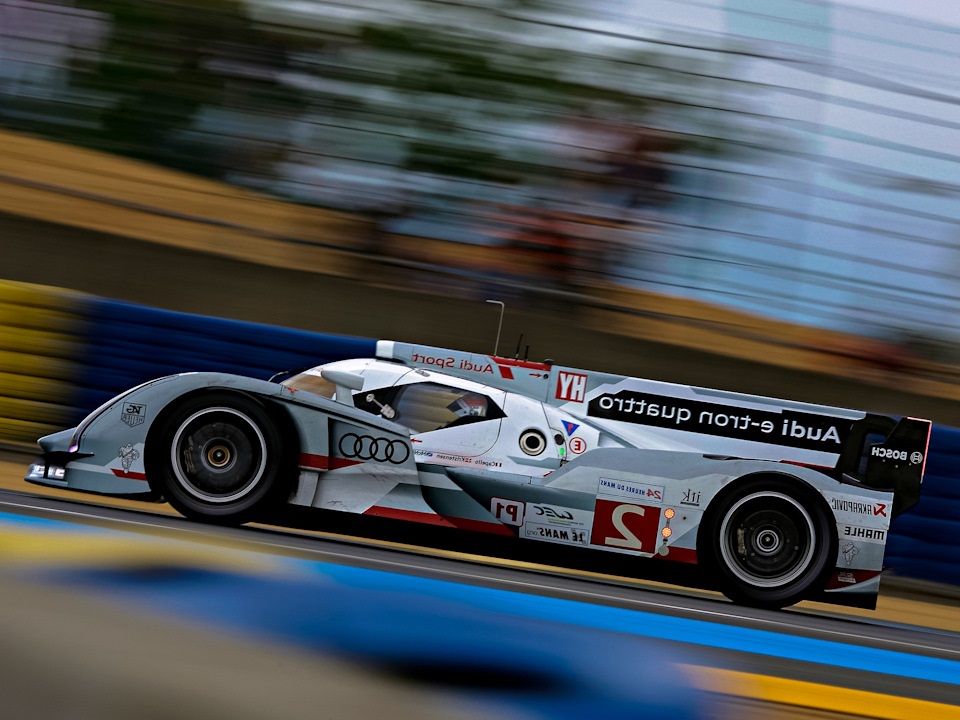
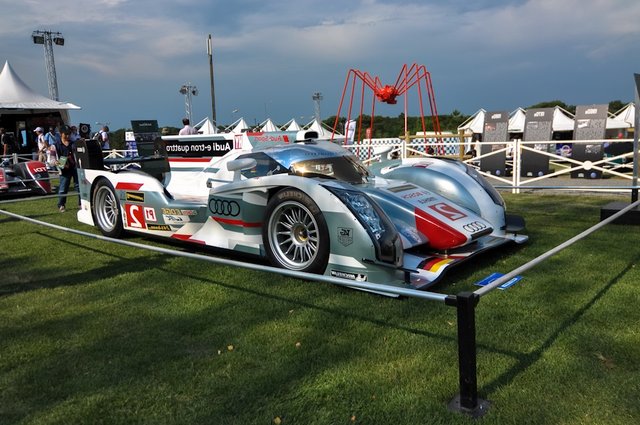
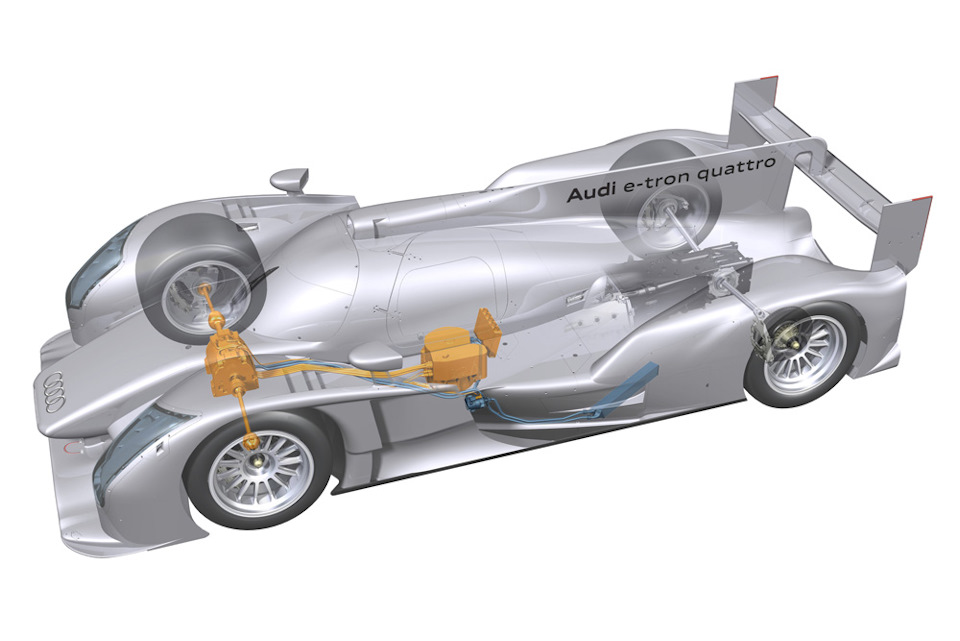
On the race car there is an electric motor on the front axle, when braking it works as a generator, sending electric energy to the second motor, which untwists the flywheel, and at the acceleration the flywheel gives energy back to the electric motor installed on the front axle
The first car with a hybrid power plant was exhibited by private traders in 1998, but could not even qualify. And after exactly 14 years Audi R18 e-tron quattro was able to win, using kinetic energy, not stored in electric batteries, but in a rotating flywheel from the company Williams F1. Interestingly, the Williams F1 team itself, having developed a system for conserving mechanical energy with a flywheel, did not apply it in Formula-1. But in Le Mans sports prototype Audi R18 e-tron with a mechanical battery could win 3 times in a row.
Front-engine sport prototype with electric motor on the rear axle!
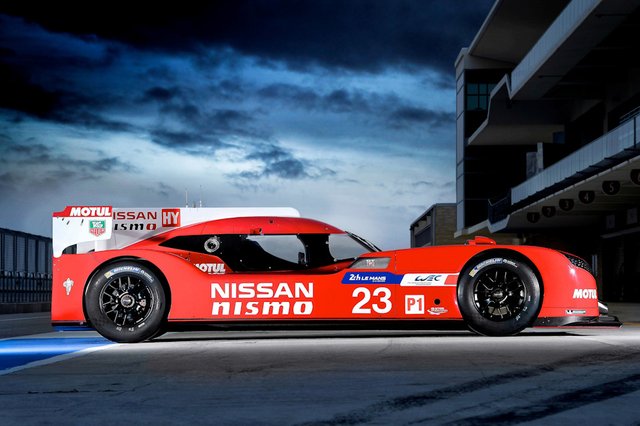
In 2015, the main troublemaker was the Nissan GT-R LM Nismo - an all-wheel-drive, all-wheel drive sport prototype with a capacity of 1250 hp. The petrol engine capacity in 500 hp Rotates the front wheels, and the rear, and, if necessary, the front wheels, are driven by an electric motor. As a result, only the front-wheel drive worked in the race, and the speed and time of the circle was comparable to the low-end class LMP2. A little later it turned out that all this innovative tinsel was just to attract as much media attention to this prototype. It was not developed in Nissan Motorsport itself, but was taken by DeltaWing (ZEOD RC) from the side in the USA from the developer Ben Bowley. In fact - it was a media-pshik, as well as a good money laundering from the director of the sports program Nissan. After losing and opening the data, the director was dismissed from all posts. And the design was so crude that the invited racer of the Formula-1 Mark Zhenya eventually refused to start it, fearing for his safety.
Followed upvoted and resteemed. Thank you for the throwback! That R-18 must be one of the most impressive looking machines to ever step on Le Sarthe. I do like it in its very first livery most though...here a shot of mine I took in GT:
The 787b is also just downright awesome!
Here is the R18 'Red Sonya' at Le Mans in 2011 on its final laps:
Epic!
Thank you for pleasant words:) Aud R18 i is really a adorable car)
Nice post! When I think of Le Mans the first car I think of the Ford GT40, but its one of my favorite cars of all time, so I may be a bit biased.
Ford GT40 is really a legendary car, it's worth recalling his confrontation with the Ferrari!
Good one.
Wow
Beauty and cars, amazing